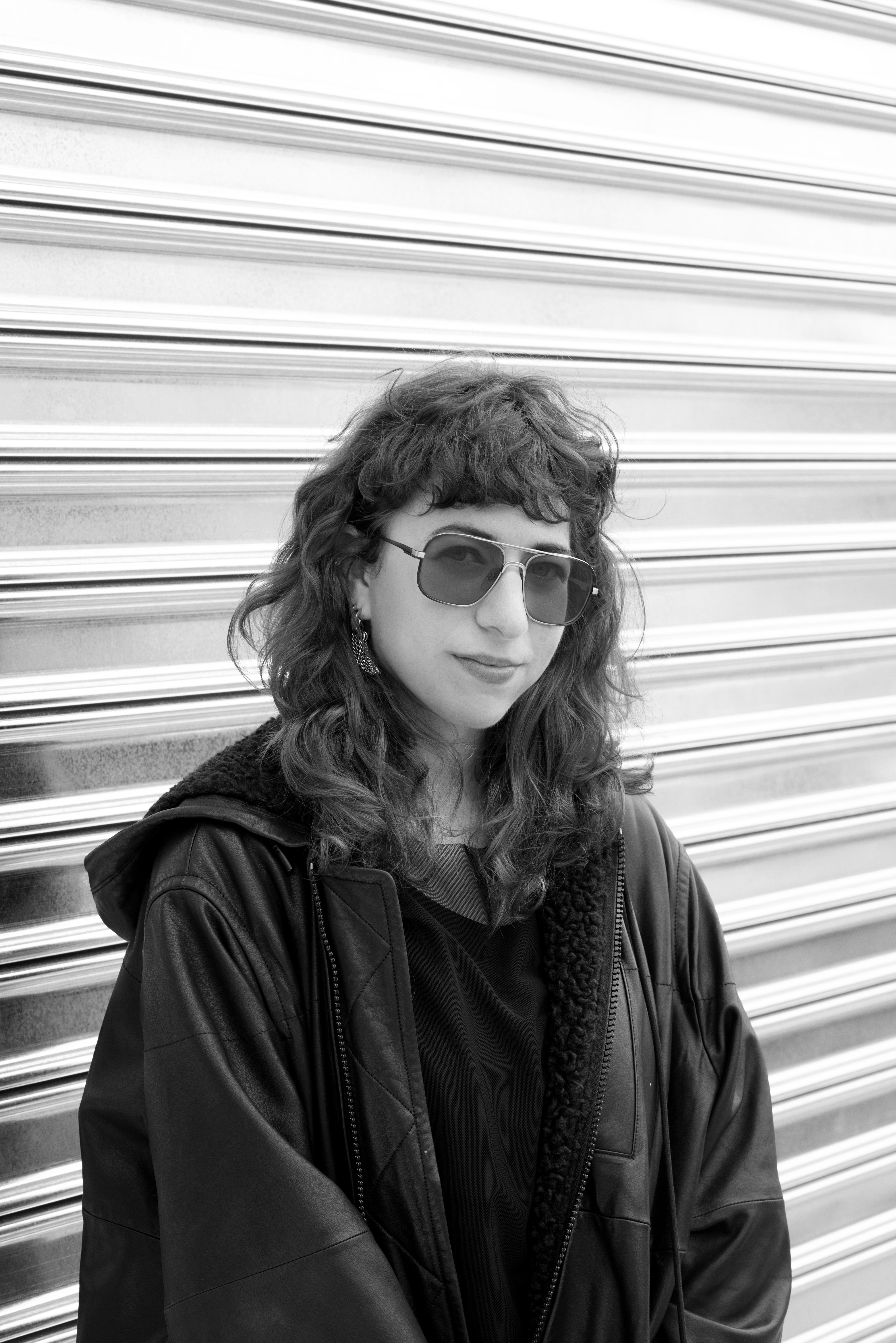Best of the Fractured Atlas Blog 2020: Big Ideas for Artists
In addition to the multitude of tips and tools we share with artists, we also tackle some of the bigger questions on the minds of artists and people working in the arts. What are the emotional contours of living as an artist? What does the future of the arts look like? How can you be an artist when the whole world is burning?
Here are some of our favorite pieces from 2020 that ask the big questions.
The Case for Art in a Crisis
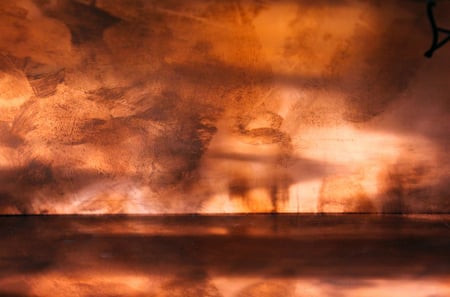
“We hope that the popularity of the Met livestreams show that there is a market for 'niche' art. Moreover, we hope that it shows institutions with the resources to make that art more widely available take note. Their potential audience is much larger than just wealthy folks based in urban centers.
This pandemic is also proving that artists should be paid for their work. So many of us are relying on books, podcasts, movies, tv shows, radio programs, and more to get us through the day. Because the work is pleasurable or satisfying for the creators, we still have the underlying societal expectation that they should do it for free, or we should get it for free. But ultimately if we’re going to keep getting art from people who aren’t independently wealthy, we’ll have to start shifting our cultural mentality around artists and money.”
Use What You Have: How Creatives and Artists Can Help in a Crisis
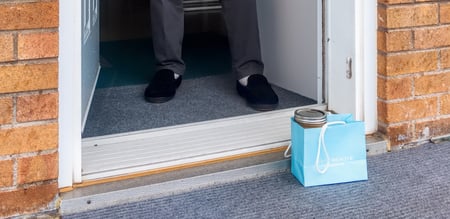
“Keeping a community safe during a crisis takes material resources and concrete skills. When figuring out how to get involved in collective mutual aid, take stock of what you have to offer…
As a creative, you might have work you can donate for a fundraiser (or classes/coaching!). You might be able to provide some graphic design or copywriting help. You might know how to apply for grants and make grassroots work sound appealing to a big foundation. You might know how to sew masks or fabricate other needed items. If you’re a freelancer, you might have time to organize or phonebank. You also might have knowledge about applying for unemployment that you can share with your community.”
Arts, Nonprofit, and Advocacy Leaders Weigh in on the Future, Structural Change, and Optimism
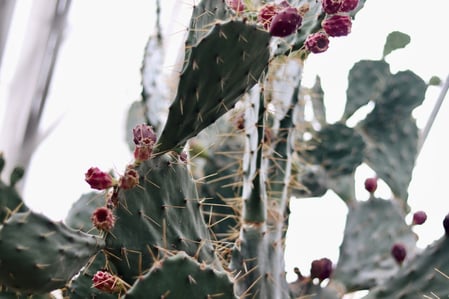
“We cannot extract out of this moment the DNA or the genetics that precipitated it. But we can be future-thinking about how we reorganize leadership structures and the purpose and mandates, certainly of our performing arts center, but just our cultural centers period. So you might've had a director of the performing arts, you might've had someone that curated dance and those positions are going to be incredibly necessary.
But if the proscenium theater or the gallery is still the beating heart of your organization after this is over, then you're doing it wrong. We have a new mandate to bring people together in a different kind of way. So we can't be politically inert. We can't not think about our financial acuity as it relates to our organizations and we also have to spark not just the political imagination, but the creative imagination too. I don't think it's as much of a DNA question as it is a mutation. Now that we're all X-Men, what's our superpower going to be.”
Fundraising Is a State of Mind
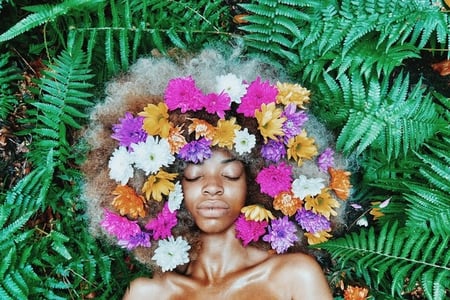
“Your pitch is the succinct way that you talk about your work and your vision. It can be scary to write something like a pitch for a few reasons. It’s hard to talk about your art, for one thing. It can also bring up feelings of guilt or shame around whether you should be fundraising at all. While these are important issues to address, the pitch part is actually not as hard as you think.
Any time you’ve been at a party or with a new group of people and someone asks what you do, the way you respond is your pitch. Whenever you explain your work to a new person in a friendly, accessible, concise way, you have the beginnings of what will be a fundraising pitch. Instead of considering a pitch as a totally alien form of communication, think about how you explain what you do and why to a curious stranger.”
Top Emotional Challenges to Fundraising

“For artists, especially socially-conscious artists, you might feel guilty about asking for money. You might ask yourself “why should I be asking for anything right now when there’s so much else going on?” The pandemic, wildfires, police violence, crowdfunding campaigns for lifesaving basic medical attention, the list goes on. Why should you take up space in people’s newsfeeds and ask for their contributions for your frivolous art project? You might feel selfish to even think that you deserve money for your work.
It’s true that there is so much need in the world and that we live in a society that considers basic human rights commodities. It has failed everyone except the very few at the top, and doubly, triply failed people who are not white, cis, able-bodied, heterosexual, and Christian. We have seen in so many ways that the powers that be are not going to save us; that we have to save one another.
But that doesn’t mean that your art isn’t important. In fact, especially during COVID, we’ve seen how crucial art is for our collective survival. We need it to help us make sense of the world to help us hold on to joy and hope, to connect with one another. Trust that people can hold in their heads both that there is a lot of urgent need that they can and should be supporting financially, and that creative work is important, too. We need bread, but we need roses too.”
Why Is It So Hard for Artists To Talk About Money?
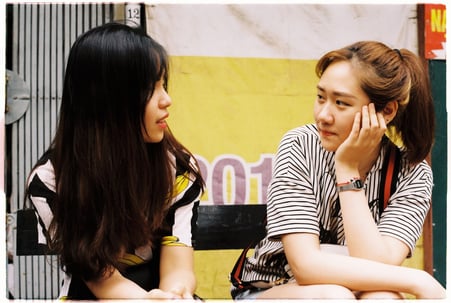
“If we don’t talk about money openly, we can’t figure out if we’re getting underpaid for our work, how much to fundraise, what to charge for our pieces or for a ticket to our performances, how much to pay for a studio space, or whether an MFA or residency is worth it.
Moreover, so many of the most visible models we have for artists, artwork, and art spaces are frankly made possible by inherited wealth or independently wealthy people. If we don’t talk about money, we might think that we are somehow failures for not having our own gallery spaces or needing a day job, when in reality a lot of people who are able to have those gallery spaces or spend all of their time on their work are able to do that because they don’t have to worry about money.
So much of the art world’s finances are opaque. If we don’t talk about money, we find ourselves getting underpaid, overspending when we don’t need to, wading into projects without knowing that it will be a much bigger financial burden than we expect them to be, and feeling like a failure for struggling financially. We can trick ourselves into thinking that the art world is hard to break into because of our own personal shortcomings rather than a structure designed to benefit the already-wealthy.”
How Do I Find Time To Make Art?
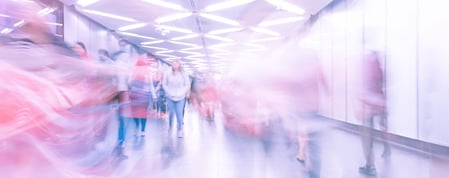
“Reproductive labor can take up a lot of your time and your mental capacity, keeping you from making time for your art or even being in the right headspace to create.
Great artists of history often had other people doing their reproductive labor for them - servants, wives, lovers, family members. Or even doing some of the creative labor! This means that you might have somewhat unrealistic expectations for how often we can actually find time to work on our own projects.
Of course, who does the brunt of reproductive labor tends to fall across gender lines, which can make it more challenging for women and non-binary artists to find time to create. Reproductive labor demands also vary across relationship status, living situation, size of household, and more."
What Are Artist Co-ops?
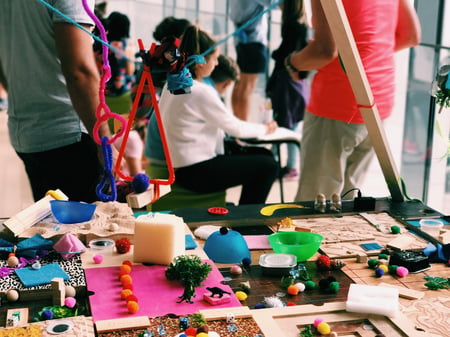
“Co-ops can help mitigate some of the financial burdens of creative practice.
A lot of the equipment or supplies required to create art, not to mention the space in which to create it, is expensive. If you buy and own collectively, you can amass more of the supplies you need to make your work, and have a say in the ways that studio supplies are purchased and used…
Co-ops give artists a formal space to share knowledge and skills. If a piece of equipment breaks in your private home studio, you only have access to your personal network and the internet. If you have an issue with equipment, you have a number of other highly-skilled minds to help you troubleshoot – and who are invested in the problem getting solved because your equipment is their equipment, too!
But, most importantly, there is security in collectivity. By sharing ownership cooperatively, you share both risk and reward. You become less isolated, and better equipped to weather the whims of contractors, buyers, and the market more generally.”
Check out some of our big ideas as well as the rest of our year-end wrap-up. We’re sharing tips and tools for artists, interviews, as well as information about fundraising, workplace culture, and anti-racism and anti-oppression.
About Nina Berman
Nina Berman is an arts industry worker and ceramicist based in New York City, currently working as Associate Director, Communications and Content at Fractured Atlas. She holds an MA in English from Loyola University Chicago. At Fractured Atlas, she shares tips and strategies for navigating the art world, interviews artists, and writes about creating a more equitable arts ecosystem. Before joining Fractured Atlas, she covered the book publishing industry for an audience of publishers at NetGalley. When she's not writing, she's making ceramics at Centerpoint Ceramics in Brooklyn.


